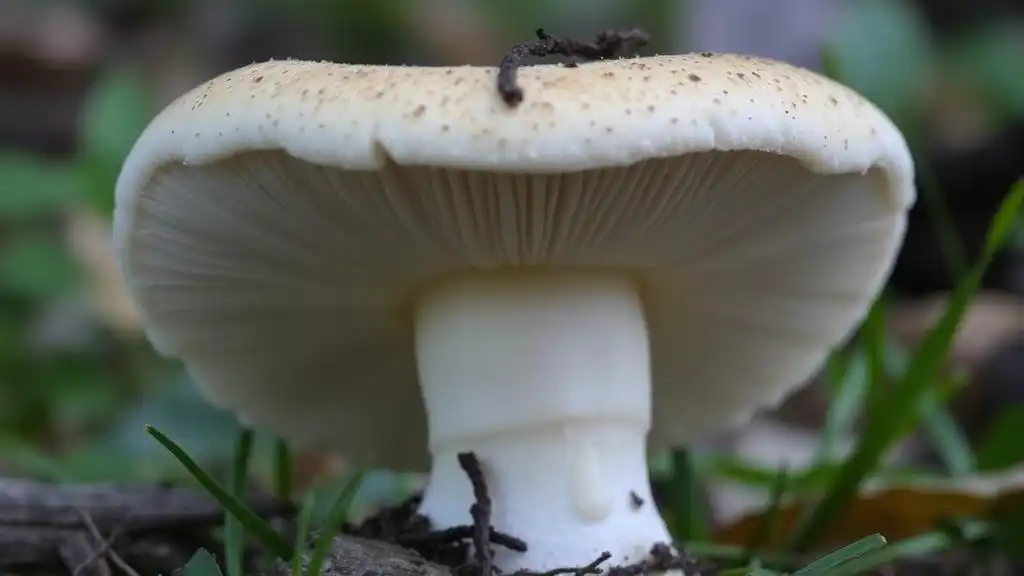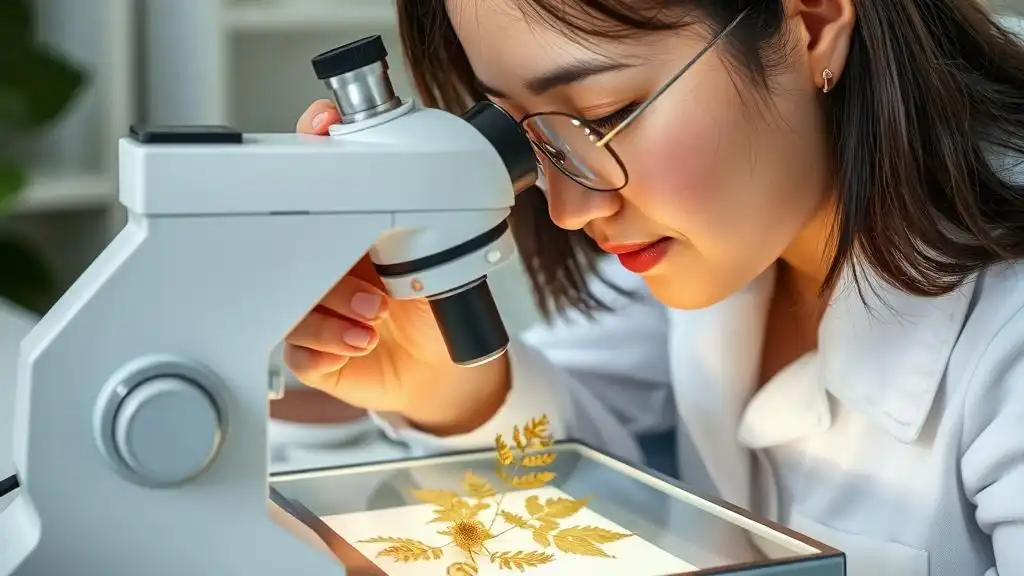Botany Basics: How Plants Produce Oxygen and Help Us Breathe
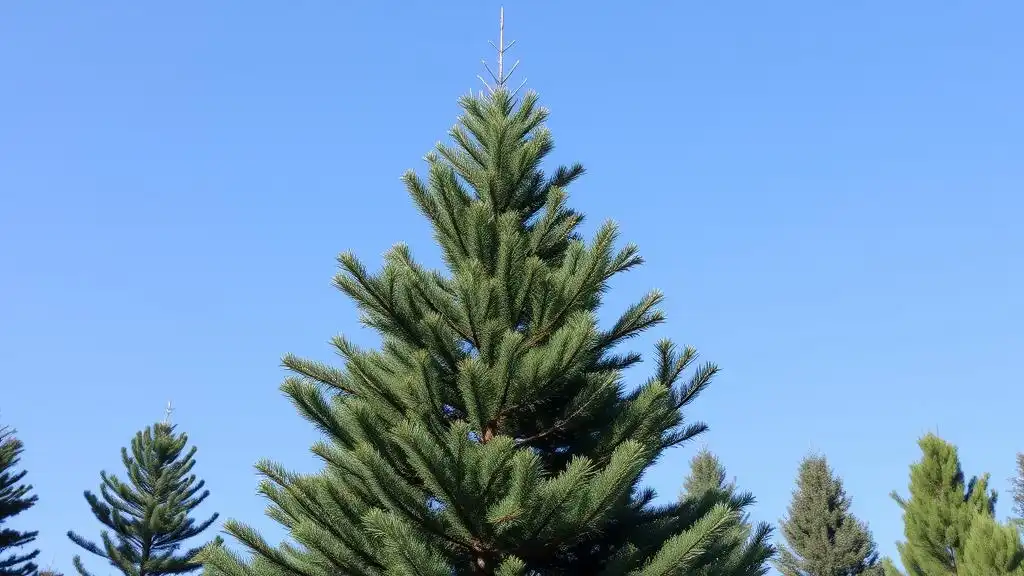
The philosophical questions of why we, humans, exist and how life originated are timeless and inexplicable yet. Nevertheless, what is known for sure is that all living creatures found on Earth are integral components of a great, complex machine that functions optimally only when there is a balance among its inhabitants.
Contents:
The philosophical questions of why we, humans, exist and how life originated are timeless and inexplicable yet. Nevertheless, what is known for sure is that all living creatures found on Earth are integral components of a great, complex machine that functions optimally only when there is a balance among its inhabitants.
The reason why we can breathe lies in the peculiarities of the natural world, and the vast majority of people are aware of this fact. But how exactly do plants supply us with air to breathe? What tree produces the most oxygen? Let us recapitulate what every schooler should know and analyze it from a more mature perspective.
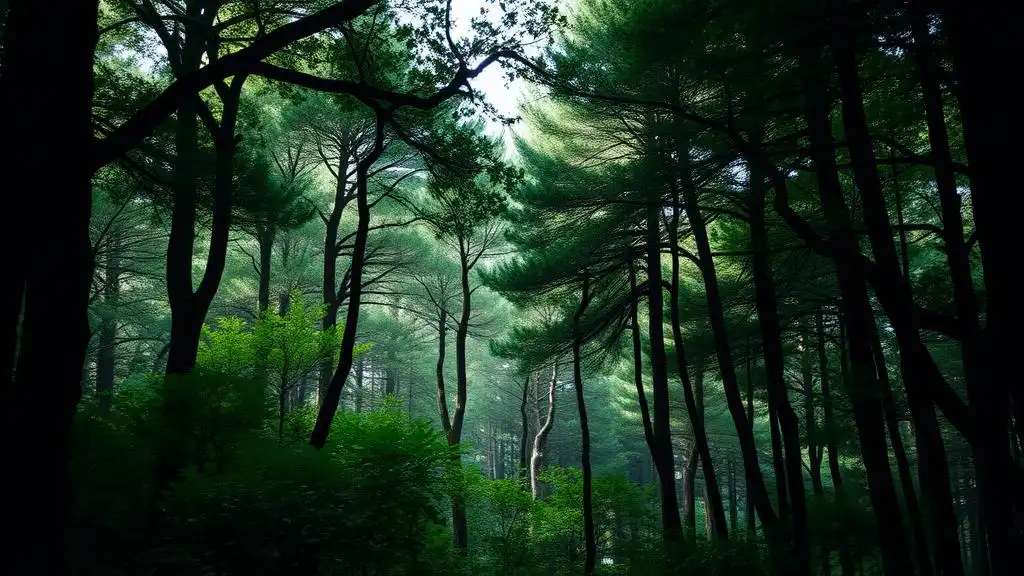
What is Photosynthesis and How Does It Work?
First, it is important to recall what photosynthesis means and how it affects those who are not involved in the process directly. In general, photosynthesis is a fundamental biological process that presupposes that green vegetation, as well as phytoplankton, converts light energy into chemical one and produces sugars and oxygen with the latter being a byproduct of this activity.
This might be divided into two major stages that consist in light-dependent reactions and light-independent ones respectively.
For you not to be overwhelmed with scientific notions and overly detailed descriptions of the process, we would like to provide you with generalized information regarding photosynthetic activity and its outcomes.
Stage 1. As such, plant cells are composed of various organelles responsible for different functions, and chloroplasts play a crucial role during this phase. Chlorophyll, a green pigment contained in the chloroplasts, is capable of absorbing light energy to split water molecules into oxygen, protons, and electrons further. The opposite is called respiration. As a result of the photosynthetic activity in this phase, there appears ATP.
Stage 2. Scientifically known as the Calvin cycle, this phase does not require light (unlike the previous one), though it should depend on its products, e.g., ATP, used in sugar production. To be brief, here, we can witness the fixation of carbon dioxide into organic molecules which are to be further transformed into glucose and other types of carbohydrates. Oxygen, though, appears as the byproduct released at the end of the cycle.
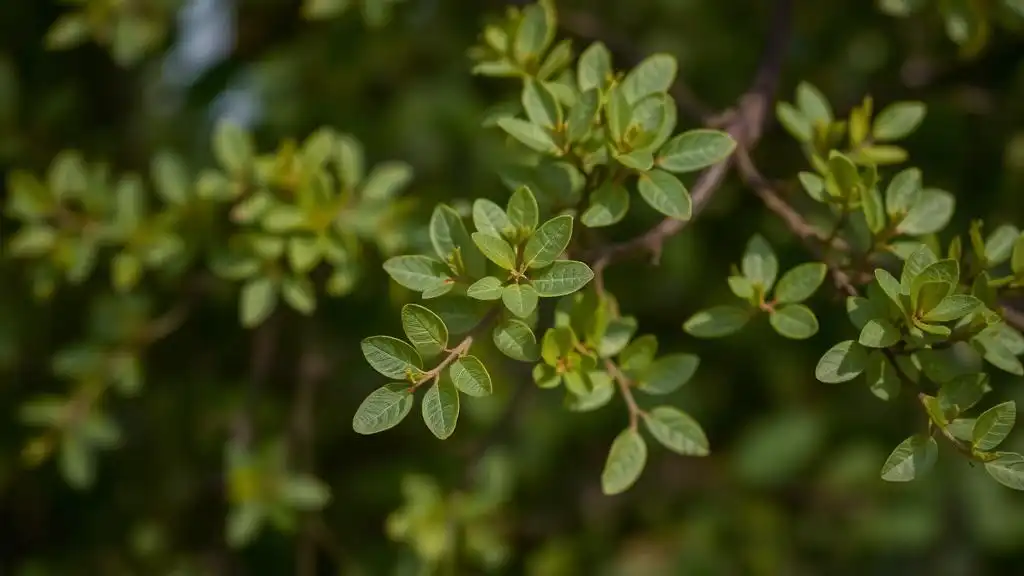
Can Trees Run Photosynthesis at Night?
Since light energy is an essential part of the photosynthetic procedures, it is impossible for trees to perform this process at night. During the hours of darkness, the plant may perform respiration (i.e., conversion of glucose and oxygen into ATP, carbon dioxide, and water), store energy produced during the day, grow, and repair, too.
Nevertheless, some plants like succulents may photosynthesize at nighttime thanks to the alternative photosynthetic mechanisms (i.e., CAM) employed.
The Greater Importance of Photosynthesis
Photosynthesis is an essential process that sustains the lives of all (or nearly all) living beings on Earth, for the excess materials manifested in oxygen facilitate a balance in the ecosystem. Apart from the obvious need for breathable air, the process of photosynthesis maintains atmospheric balance to ensure a stable and habitable environment, takes part in the formation of the ozone layer which protects the planet from harmful ultraviolet radiation, supports aquatic life, and more.
What Trees Produce the Most Oxygen in Total?
Although the trees are not the most prominent produce of oxygen (but phytoplankton are), they still matter, thanks to their additional benefits, e.g., air cleaning. All in all, there is an unofficial ranking of the species according to the volumes of oxygen they emit. So, which trees produce the most oxygen?

Douglas Fir
This tall, fast-growing conifer is frequently included in the lists of the instances that might be considered the most oxygen-producing trees of the modern flora. The combination of height, dense needle foliage, long lifespan, and resilience result in high photosynthetic activity that continues year-round.
Beech Tree
Being grown in different parts of the world, beech trees significantly contribute to oxygen production. Such plants have broad, spreading canopies with large leaves and small flowers that ensure the longevity and positive distribution of a tree that facilitates chemical harmony efficiently.
Maple
Rapid growth is a well-recognized feature of the Maple trees that makes it possible to put this species into the group of efficient oxygen producers. In fact, this instance can also be found in the majority of places, though the main area they take over refers to the northern hemisphere. Now, you may know that maples produce not only sap used to produce delicious syrup but also the components we breathe in to survive.
Ash Tree
With airy canopies and large, compound leaves, ash trees make the best shelters for wildlife, maintain harmonious interactions within a biosphere, and produce great volumes of oxygen, for sure. Like the above-mentioned species, these can live relatively long yet reproduce, which is sufficient to promote a good proportion of chemical elements in the breathable air.

Uncovering the Secrets of Nature with AI Plant Finder
Isn’t it wonderful when one wishes to learn more about nature and strives to understand the basics of the ecosystem? We appreciate any aspiration and encourage you to rely on the proven tools and resources to gain more botany information delivered in simpler terms. Among the most prominent platforms is AI Plant Finder, a new yet promising application for plant exploration and on-site activities.
The app is indeed a masterpiece that may meet the needs of the pickiest gardeners, too. What the AI Plant Finder app may offer includes plant and disease identification, when one may access the camera directly within the app to identify the plant in front of them. With a database of more than 300,000 plant species, the app is likely to present only relevant information about each instance including its habitat, growing needs, plant care requirements, toxicity levels, and more.
For those who are into applied gardening rather than theoretical one, AI Plant Finder can deliver a few tools to take care of the plants with ease and respect for nature. Calculate which volumes of water and light your plants need, keep a log of your gardening routine, set up plant care reminders, and follow the tips of the professionals eager to share their experience with the community. Join it to take the best out of the plant-centered world and create the garden of your dreams.

Photosynthesis is a primary process that lays the foundation for various creatures to live on our planet (humans included). Through this activity, plants produce the oxygen we breathe and create the organic compounds to sustain the food web and plant’s well-being as a whole. Although plants are not the most efficient oxygen producers found on Earth, they are surely the most magnificent, pleasing, and captivating elements in the photosynthetic system.
Share:
Read More
Identify Any Plant, Diagnose Every Disease
Download Our App Now!
